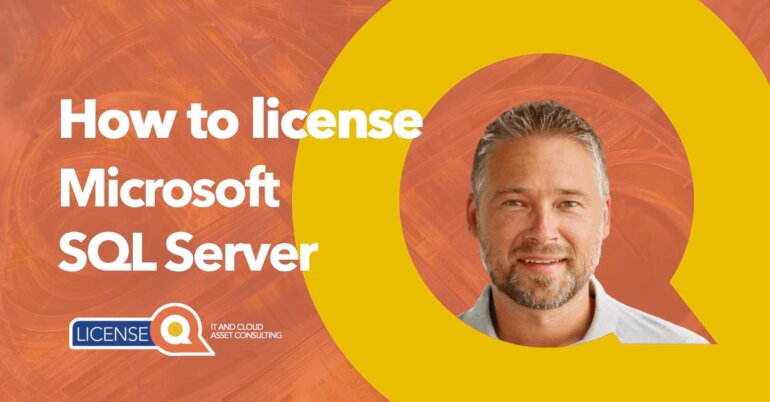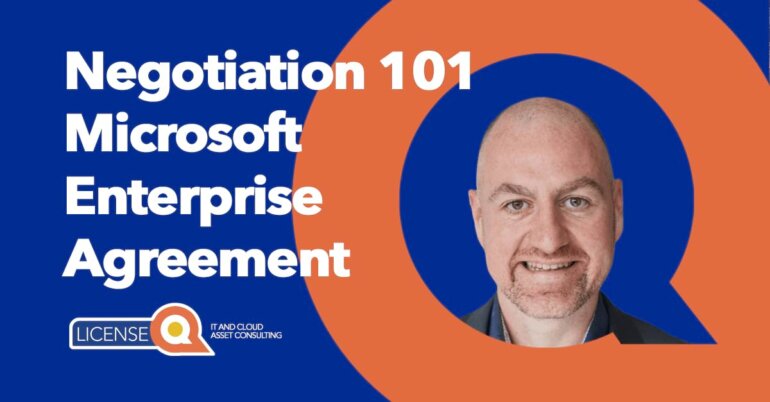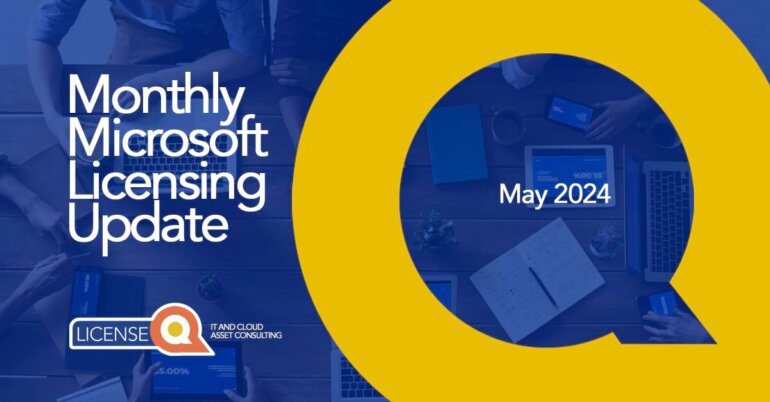Cloud Solution Provider to replace EA?
Topics in this blog
1. More changes coming soon
Rumor has it Cloud Solution Provider (CSP) will eventually replace the Enterprise Agreement. We have seen some signs, we have heard whispers, but we have not seen any actual announcements yet.
We definitely think the switch will happen, but Microsoft will take its time. They do not want to risk getting a bad reputation in the market by launching broken products. In our other blog we discussed the delays Microsoft faces in terms of getting their paperwork signed and processed on time. They will want to make sure everything is properly prepared before they move forward.
Our guess is that the shift from EA to CSP will not happen within the next 12 months.
We will discuss how Microsoft is going to make this change later on in this article, but first let us look at several other exciting rumors floating around.

2. Minimum requirement EA
We have also heard that the minimum entry requirement for the Enterprise Agreement will most likely be increased from 500 to 1200 sometime in the near future. Again, this is not official yet. However, we think these two changes could be connected. Last year Microsoft announced in a blog post that the minimum would go up to 2400, but they received a lot of backlash from the market, especially from the Microsoft Partners.
Microsoft Partner market
The Microsoft Partner market is very protected and not just any organization can become a Microsoft Partner. You need the right status with Microsoft. If Microsoft raises the minimum requirement for the EA, it means many smaller organizations will be pushed onto the CSP platform.
This in turn means that the market will open up from a closed one with few options to a competitive market in which a customer will be able to choose from a wide selection of several thousand Microsoft Partners. This changes will lead to a lot of competition to secure clients.
We imagine Microsoft Partners will want to postpone this move as long as possible. At least until they can first renew all their customers’ three-year Enterprise Agreements or secure their place as one of the larger CSP partners.
Competitive market
We think a bit of competition in this market would be good, so we are not opposed to increasing the minimum requirement for the EA.
The market opening up to more partners means customers have more choice in who they work with and in turn this will hopefully improve the quality of these Microsoft partners. Read our blog on the Changing role of the LSP to learn more.
Opening up the market can also lead to better incentives for Microsoft’s customers as well. It will give customers a better negotiation position. If one Microsoft Partner can’t give them the price they want, they can switch to any one of the thousands of partners on offer. It will shake up the market!

3. New purchasing model CSP
The purchasing model for the Cloud Solution Provider will change as well.
Currently CSP customers purchase licenses through a partner. We think there will be a move to allow customers to buy directly from the Microsoft website or assisted by Microsoft (with perhaps even better pricing) on the same platform as the current CSP platform.
By moving all these different options onto the Microsoft Customer Agreement (MCA or New Commerce Experience – NCE) platform Microsoft could gradually get rid of the Enterprise Agreement altogether. This has been in the works for a while.
Changes to EA needed
The main feedback Microsoft keeps receiving is that the Enterprise Agreement is a rigid, complex contract. Customers want something easier, quicker and automated. We think this is the end goal for Microsoft: complete automation of their contracting process.
A customer would be able to sign up to the minimum terms and conditions and start buying licenses, software and services. Whenever a client buys additional products, the terms and conditions are automatically updated to reflect the current licensing requirements.
It’s an exciting prospect for the future and we think Microsoft will go there. Ideally rather sooner than later, but with a change this big it might still take a while. Read our blog on deciding between Enterprise Agreement and Cloud Solutions Provider to help you choose the best fit for your organization.
For more information
This is the final article in our series of blog posts in which we shared our learnings and insights from 2022 on Microsoft’s changing negotiation tactics.
We hope these posts have been helpful and have empowered you in getting ready for your 2023 renewals. Let us help you be as prepared as possible for your next round of purchases, contract renewals or other (mid-term) negotiations with Microsoft.
If you want to learn even more, please visit our YouTube channel and our LinkedIn company page. Subscribe to stay up to date. We regularly post free and honest publicly available information and video’s.









